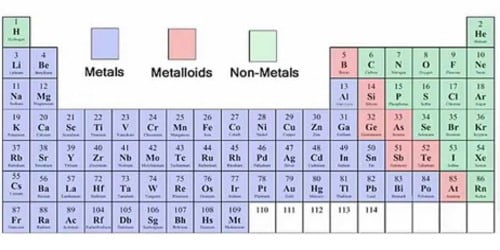
The name Manganesium was first chosen after the Latin name for manganese manganese mangy, but after the discovery of magnesium it was abbreviated to manganese (ium) because of possible confusion. 1774 recognized Carl Wilhelm Scheele that Braunstein must contain an unknown element, in the same year Johan Gottlieb Gahn made on Scheele's suggestion to manganese by reducing manganese dioxide with carbon. However, this discovery has not become very popular. The first extraction of the element probably succeeded 1770 Ignatius Gottfried Kaim (1746-1778), which reduced carbon monoxide with manganese and received impure manganese, which he called Braunsteinkönig. If, on the other hand, trivalent manganese oxide is added to iron-containing glasses, it discolors them by oxidizing the green-colored divalent iron to the slightly yellow trivalent iron, which together with the violet of the manganese gives a gray "discolored" appearance. If brownstone is used, it colors the glass intensely brown-violet.

Manganese compounds have been used in glass production since the fourth century BC in the Roman Empire. Black manganese oxide pigments, for example, were found in the 17.000 year old cave paintings in the caves of Ekain and Lascaux. Naturally occurring manganese oxides such as manganese dioxide have long been known and used as natural pigments. Thus, it acts at a central site in the photosynthesis cycle, where a manganese-calcium cluster is responsible for the oxidation of water to oxygen. The element has a high biological importance as a component of various enzymes. Manganese (IV) oxide, which is used as a cathode in alkaline manganese batteries, is also economically important. It removes oxygen and sulfur from the steel and at the same time improves through-hardening.

90% of the mined manganese is used in the steel industry in the form of ferromanganese as an alloying constituent of steel. Manganese is found in nature primarily as brownstone and is mined in large quantities. Manganese is a silvery-white, hard, very brittle transition metal that in some ways resembles iron. Subgroup (7, IUPAC group), the manganese group. Manganese is a chemical element with the element symbol Mn and atomic number 25. Manganese price, history, occurrence, extraction and application


 0 kommentar(er)
0 kommentar(er)
